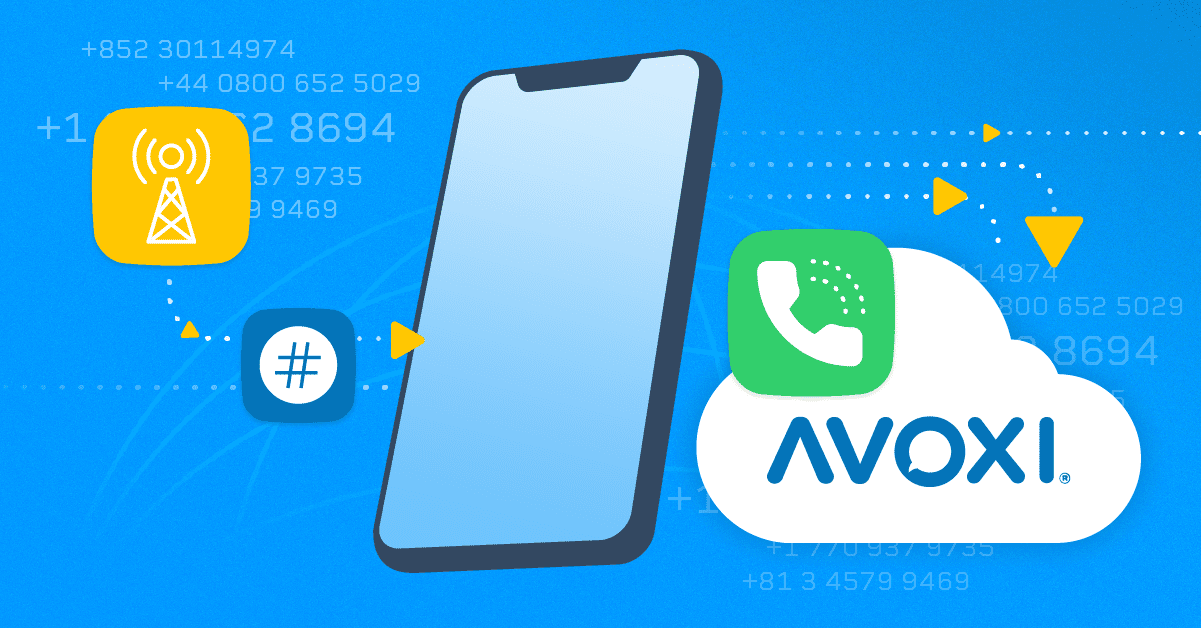Toll Fraud
Toll Fraud
Learn how toll fraud exploits vulnerabilities in telecommunication systems to generate fraudulent calls, which are then billed to the unsuspecting victim.
What is Toll Fraud?
Toll fraud refers to the unauthorized use of telecommunications systems to make long-distance or international phone calls, often resulting in significant financial losses for the victim. This form of fraud exploits vulnerabilities in telecommunication systems to generate fraudulent calls, which are then billed to the unsuspecting victim. Toll fraud can target various organizations, including call centers, businesses and even individual users and can lead to substantial financial damage.
How Toll Fraud Occurs
Hacking
Unauthorized access to a company’s phone system or private branch exchange (PBX) to make fraudulent calls.
Phishing
Deceptive tactics used to trick individuals into revealing sensitive information, such as phone system passwords, which are then exploited.
Social Engineering
Manipulating employees or system administrators to gain access to telecommunication systems.
Exploiting System Vulnerabilities
Taking advantage of security weaknesses in a phone system or VoIP setup.
Importance of Toll Fraud in Call Centers
Financial Impact
Call centers often handle large volumes of calls, including long-distance and international calls. This high call volume makes them attractive targets for toll fraud, which can lead to substantial financial losses due to inflated call charges.
Operational Disruption
Toll fraud can disrupt normal call center operations by overloading the system with fraudulent calls, leading to service degradation and potential downtime.
Reputation Damage
Incidents of toll fraud can damage the reputation of a call center, particularly if it leads to service interruptions or if customers become aware of the fraud.
Regulatory Compliance
Call centers are subject to various regulatory requirements regarding data security and fraud prevention. Failing to address toll fraud adequately can result in non-compliance and potential legal repercussions.
Toll Fraud Detection
Toll fraud detection involves identifying unusual or suspicious activities in a telecommunications system that may indicate fraudulent use. Effective detection strategies are crucial for mitigating the financial impact of toll fraud and protecting the integrity of a call center's operations.
Implement systems that track and analyze call patterns to identify anomalies such as unexpected spikes in call volume, high numbers of international calls or calls to premium-rate numbers.
Configure alerts and thresholds within your telecommunication system to notify administrators of unusual activities or deviations from normal usage patterns.
Regularly review and analyze call records to detect any irregularities or suspicious entries. This can help identify potential fraud early and take corrective action.
Invest in advanced fraud detection software that uses algorithms and machine learning to identify and block fraudulent activities in real-time.
How to Prevent Toll Fraud
Secure Access Controls
Implement strong access controls to restrict who can access and manage the telecommunication system. Use complex passwords, multi-factor authentication and regularly update access credentials. Utilize firewalls, intrusion detection systems and other security technologies to protect your telecommunication infrastructure from unauthorized access.
Regularly Update and Patch Systems
Ensure that all telecommunication systems, including PBX and VoIP systems, are regularly updated and patched to address security vulnerabilities that could be exploited by fraudsters.
Educate Staff
Provide training for employees on security best practices, including how to recognize phishing attempts and social engineering tactics.
Implement Call Restrictions
Configure call restrictions to limit the ability to make international or long-distance calls unless necessary. Use calling card and rate restrictions to prevent unauthorized usage.
Conduct Regular Audits
Perform regular security audits and vulnerability assessments to identify potential weaknesses in the telecommunication system. Address any identified issues promptly to minimize the risk of fraud.
Use Real-Time Monitoring
Deploy real-time monitoring solutions that can detect and block fraudulent activities as they occur. Keep detailed logs of all telecommunication activities, including call records and system access logs. This information is valuable for detecting fraud and conducting investigations if needed.
Plan For Incidents
Develop and implement an incident response plan to quickly address and mitigate the effects of toll fraud. This plan should include steps for containing the fraud, notifying affected parties and preventing future occurrences.
Conclusion
Toll fraud is a serious issue in telecommunications that can have significant financial and operational impacts. Understanding what toll fraud is, how to detect it and the best practices for preventing it are essential for protecting telecommunication systems and maintaining operational integrity. Contact AVOXI to find out how by implementing effective prevention strategies, monitoring call patterns and educating staff, you can safeguard against toll fraud and minimize its potential impact.
Additional Resources

PSTN Replacement
Guide to Voice Termination Services

Retain Phone Number
International
Number Porting

Virtual Phone Line
Benefits of
SIP Trunking
Interested in Learning More?
AVOXI is the cloud communication platform of choice for enterprises and companies with international markets. The road to modernized communications has never been easier, learn what AVOXI can do for you today.